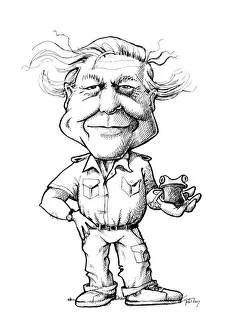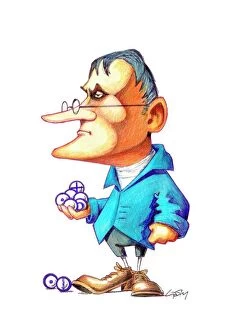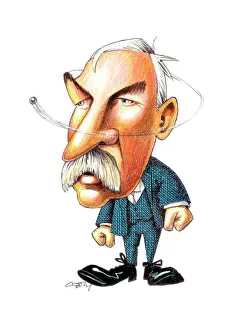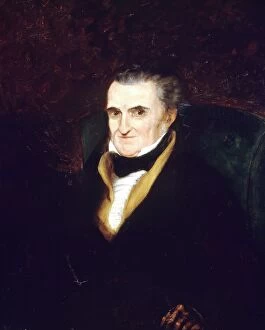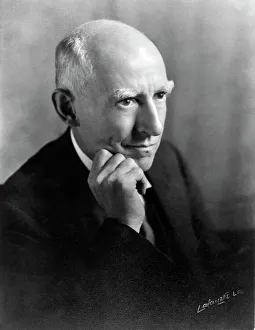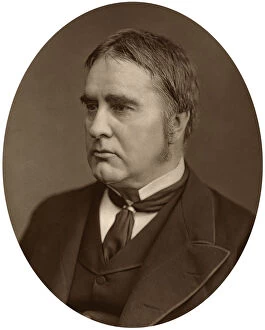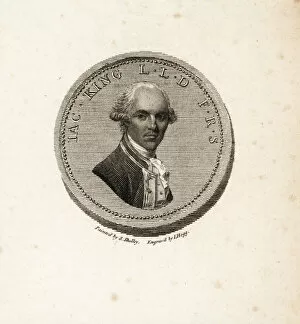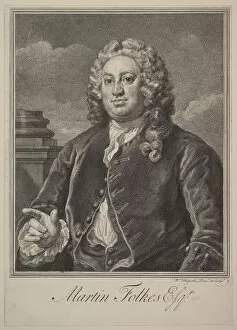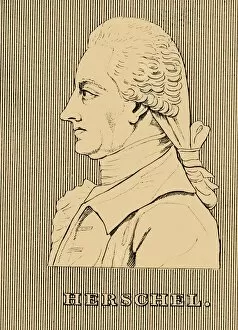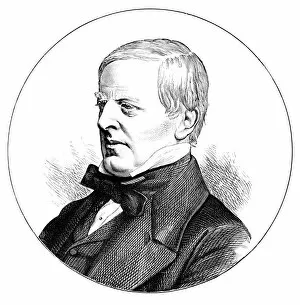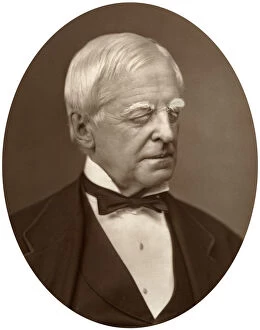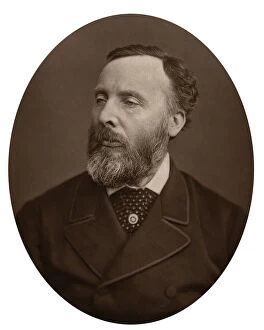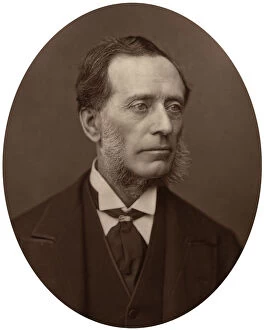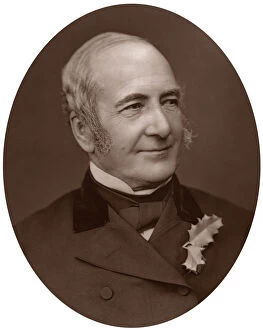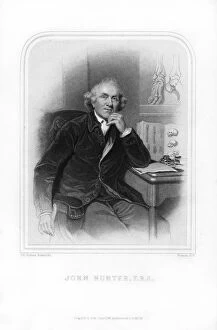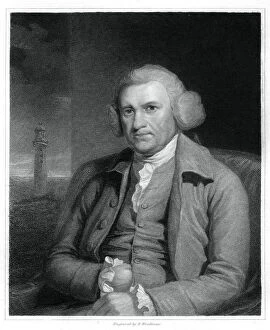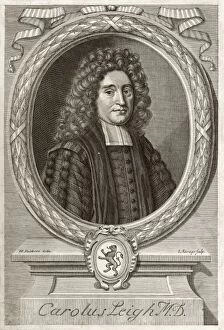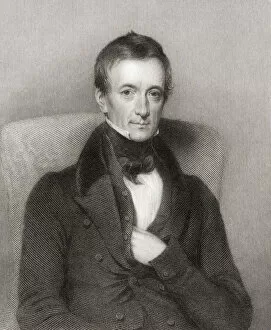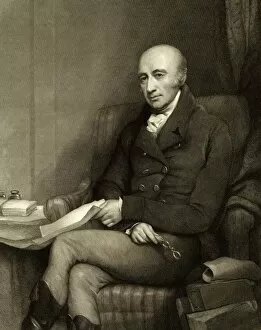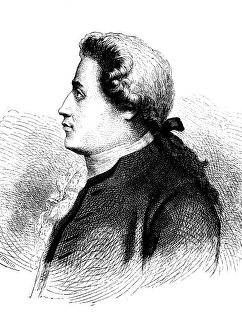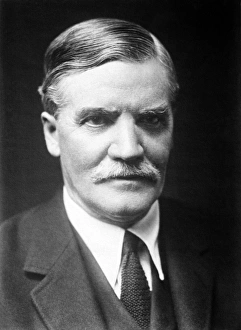Fellow Of The Royal Society Collection
"Fellows of the Royal Society: A Legacy of Scientific Excellence" From the renowned naturalist David Attenborough to the brilliant chemist John Dalton
All Professionally Made to Order for Quick Shipping
"Fellows of the Royal Society: A Legacy of Scientific Excellence" From the renowned naturalist David Attenborough to the brilliant chemist John Dalton, the Fellowship of the Royal Society has been home to some of history's greatest minds. Ernest Rutherford, depicted in a caricature, revolutionized our understanding of atomic structure. Thomas Hardwicke and Charles Regan, both British naturalists, contributed immensely to our knowledge of biodiversity. The captivating portrait by Lock & Whitfield showcases Sir William Withey Gull, a distinguished member from 1878. Captain James King is immortalized on a medal for his remarkable achievements. Martin Folkes' portrait by William Hogarth exemplifies his significant contributions as an esteemed Fellow. John Hunter's enigmatic image captures his brilliance as a scientist during the 18th century. Herschel's unknown creator pays tribute to this pioneering astronomer who expanded our understanding of celestial bodies. Antoni van Leeuwenhoek's depiction by W Steelink reminds us of his groundbreaking work in microscopy during the 17th century. Professor William Edward Ayrton's photograph taken by W&D Downey highlights his immense impact on physics and electrical engineering. These individuals represent just a fraction of those honored with fellowship within this prestigious society throughout history. Their collective efforts have shaped scientific progress and continue inspiring generations to explore new frontiers in knowledge and discovery. The Fellowship remains an emblematic symbol that celebrates excellence in science and innovation for centuries past, present, and future.

